Publication 102 - Wisconsin Tax Treatment Of Tax-Option (S) Corporations And Their Shareholders Page 13
ADVERTISEMENT
Wisconsin Tax Treatment of Tax-Option (S) Corporations and Their Shareholders
Note: Certain small corporations may qualify for transi-
is then multiplied by the corporation’s apportionment
percentage for the current year to arrive at the amount
tional relief from the built-in gains tax (see Part IV.B.1).
subject to the 7.9% Wisconsin tax.
A recognized built-in gain is any gain recognized by a
Note: If the net recognized built-in gain computed in a
tax-option (S) corporation during the recognition period
above exceeds the amount that would have been the
on the sale or distribution (disposition) of any asset,
corporation’s net income in b, the excess is treated as a
except to the extent the corporation establishes that —
recognized built-in gain in the succeeding taxable year.
This carryover provision applies only in the case of a
a. The asset wasn’t held by it on the first day of the
corporation that made its tax-option (S) election on or
first year that the current tax-option (S) election
after March 31, 1988.
became effective, or
Although tax-option (S) corporations normally aren’t
b. The recognized gain on any asset exceeds the excess
allowed a deduction for Wisconsin net business loss
of the fair market value of the asset on the date of
carryforwards from years when the corporation was a
conversion over the adjusted basis of the asset on
regular (C) corporation, such losses are allowed against
that first day.
the lesser of the amounts described above. In addition,
any capital loss carryforward from a regular (C) corpora-
A recognized built-in loss is any loss recognized during
tion year may be used to the extent of net capital gain
the recognition period on the disposition of any asset to
included in recognized built-in gain for the taxable year
the extent the corporation establishes that —
after apportionment.
a. It owned the asset on the date that the current tax-
Except for Wisconsin community development finance
option (S) deduction became effective, and
credit from the current year, as well as carryforwards of
that credit from prior regular (C) corporation years, no
b. The loss doesn’t exceed the excess of the asset’s
credits may offset the tax on built-in gains.
adjusted basis on the date of conversion over its fair
market value at that time.
If a corporation begins doing business in Wisconsin in
a year following the year in which its federal S election
The net recognized built-in gain on which the tax may be
became effective, the “recognition period,” “recognized
imposed is limited by the corporation’s net unrealized
built-in gain,” “recognized built-in loss,” and “net
built-in gain.
unrealized built-in gain” are the amounts determined
under federal law.
The net unrealized built-in gain is the excess of the fair
market value of the corporation’s assets over the aggre-
3. Tax on Net Income of a Tax-Option (S)
gate adjusted bases of those assets on the date the current
Corporation
tax-option (S) election became effective.
Since each shareholder of a tax-option (S) corporation
The built-in gains tax is 7.9% times the lesser of —
who meets the applicable Wisconsin filing requirements
is required to file a Wisconsin income tax return and
a. The net recognized built-in gain, subject to the net
report his or her share of the corporation’s income, loss,
unrealized built-in gain limit, of the tax-option (S)
and deductions, a tax-option (S) corporation generally
corporation for the taxable year, or
isn’t subject to a corporate income tax or franchise tax
measured by its net income, other than interest income
b. The amount that would be the taxable income of the
from certain federal, state, and municipal government
corporation for the taxable year if the corporation
obligations. However, a tax-option (S) corporation may
were a regular (C) corporation. Net business loss
be taxed on a nonfiling or delinquent shareholder’s share
carryforwards or capital loss carryforwards aren’t
of the corporation’s net income. A tax-option (S) corpo-
used in figuring the net income.
ration cannot offset a net operating loss carryforward
from a year when it was a regular (C) corporation against
For a corporation that does business in and outside
a nonfiling or delinquent shareholder’s share of the
Wisconsin, the amounts in a and b above are the total
corporation’s income.
amounts (before allocation or apportionment) as deter-
mined under Wisconsin law. The lesser of these amounts
11
ADVERTISEMENT
0 votes
Related Articles
Related forms
Related Categories
Parent category: Financial
 1
1 2
2 3
3 4
4 5
5 6
6 7
7 8
8 9
9 10
10 11
11 12
12 13
13 14
14 15
15 16
16 17
17 18
18 19
19 20
20 21
21 22
22 23
23 24
24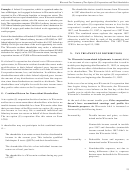 25
25 26
26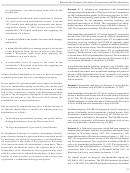 27
27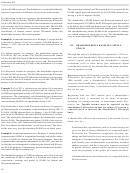 28
28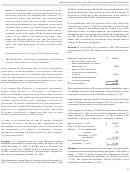 29
29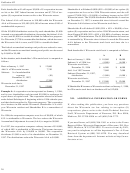 30
30








